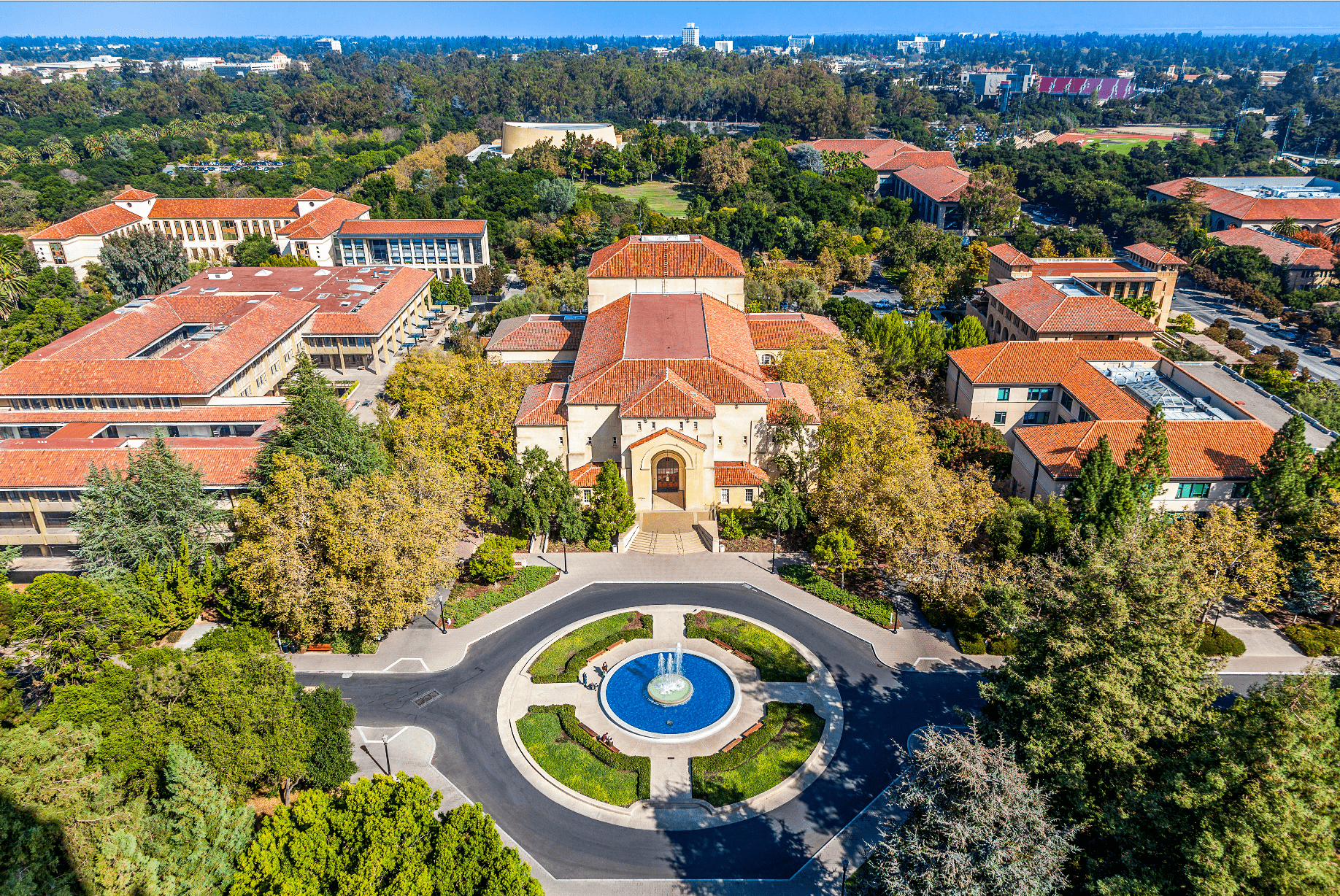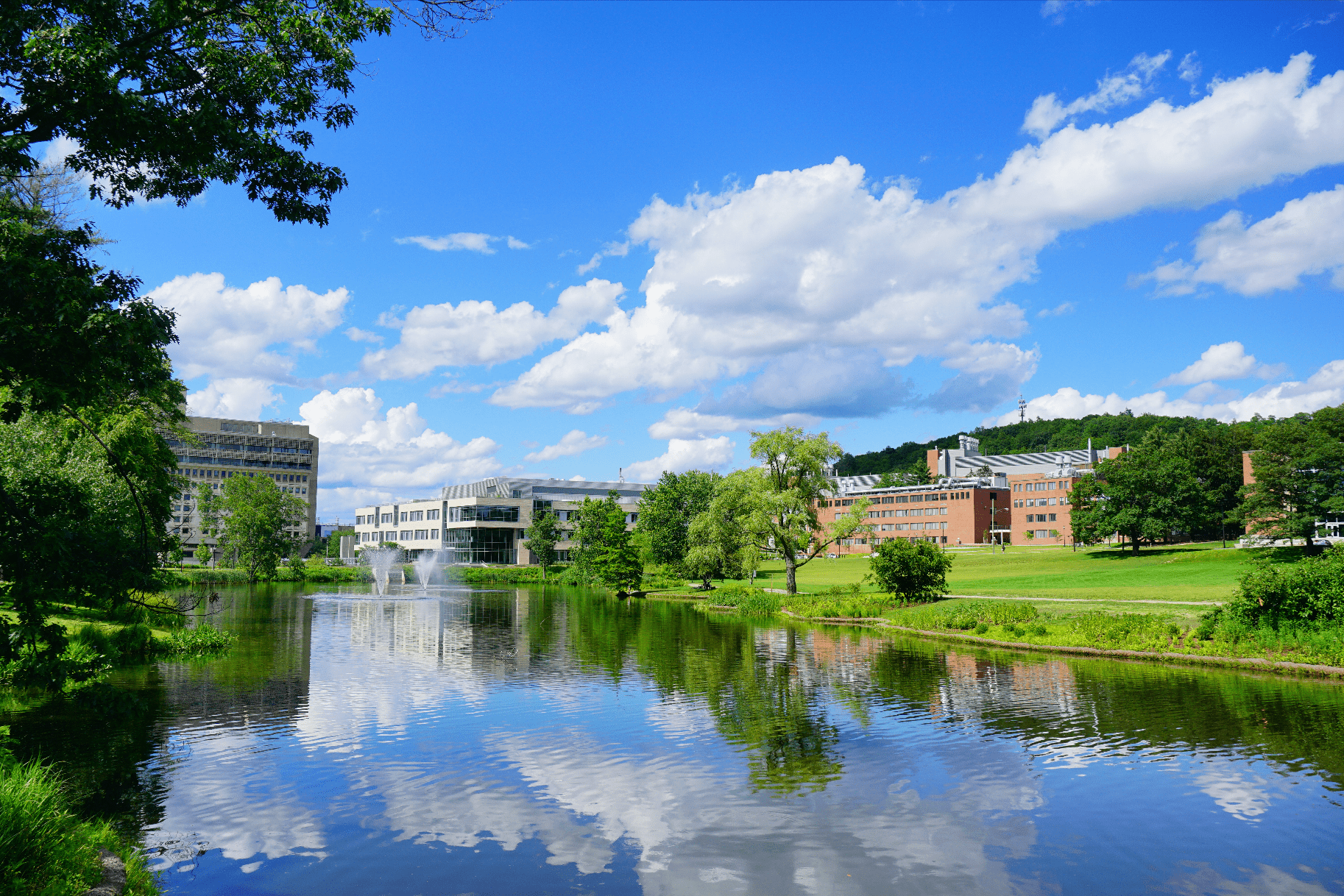Your Ideal Number: How Many Colleges Should You Apply To?
Read now/f/64062/800x450/3620b803ba/how-many-colleges-should-you-apply-to.jpg)
/f/64062/1816x1212/1eb6450a0f/university-of-nottingham-min.png)
Students across the world are going green, encouraging the movement to spread to college campuses as well. Some universities have made massive strides towards protecting our planet. Whether it be oragnic and locally sourced ingredients, green-building designs, or waste reduction, universities in the US & UK are stepping up their green game.
Check out the list of universities below ‘going green’ and encouraging their student bodies to follow suit!
Stanford, California

Stanford’s Redwood City Campus remains a cornerstone of sustainability for the university, having implemented several initiatives to reduce energy used and waste generated. This includes building designs that monitor temperature and outside light to maximize efficiency, migration to becoming a zero-waste facility, fixtures that monitor water usage levels, and sustainable commuting. The city is committed to local, organic, humanely raised, fair traded food, as well as family-owned farms and sustainable fisheries, with 47% of dining hall food sourced this way.
Cambridge, Massachusetts

Harvard’s Climate Action Plan sets an ambitious path to shift campus operations away from fossil fuels, with targets to be fossil fuel-free by 2050 and fossil fuel-neutral by 2026. In 2017, Harvard planned to implement several policies by 2020 to increase sustainability. So far, Harvard has reduced their waste per capita by 44% and water use by 26%. They have also moved towards organic living, planning to be 75% organic by 2020.
Amherst, Massachusetts

UMass provides opportunities for students, faculty and staff to discover all the ways they can move the campus towards sustainability. Since 2002, UMass has reduced its total greenhouse gas emissions by 29% and the campus continues to explore the various ways to reduce energy consumption and building energy intensity. The Real Food Challenge requires 20% of the university’s food to be local or community-based, fair, ecologically sound, and humane food sources - by 2020.
Durham, New Hampshire

University of New Hampshire is a leader in sustainability, and even provides students with the option to pursue a sustainability dual major, giving students the opportunity to understand and act on the environmental and social challenges and solutions needed to create a more sustainable world. UNH is committed to single stream recycling. This has required a full rebrand of what people associate as waste. They have made marginal improvements, but are hoping to make bigger strides by 2020.
Oxford, England

The Kellogg College Hub at the University of Oxford is the first to make use of the high Passivhaus sustainability design approach. This has resulted in exceptionally low energy demand. This design is echoed in the compostable packaging used in the building’s cafe. Food is locally sourced and waste is recycled through a council scheme. They also stock ethical mineral water brands that fund life-changing water projects in poorer countries.
Davis, California

UC Davis has implemented several initiatives towards sustainability. This includes reducing campus waste and promoting healthy food, teaching students how to take action from riding a bike to recycling waste, reducing emissions from activities, buildings and vehicles, turning waste into energy with technology, and more! Twenty-five of UC Davis’s buildings have green-building certifications from LEEF (Leadership in Energy and Environmental Design).
Nottingham, England

University of Nottingham has taken on the saying “reuse, refill, refuse” to make a difference in the sustainability on campus. They house several sustainability programmes financed by the university. Nottingham is committed to developing low carbon buildings as well as enforcing cycling, public transportation, electric vehicles and car sharing. They offer volunteering and job opportunities for students and staff interested in getting involved in the movement.